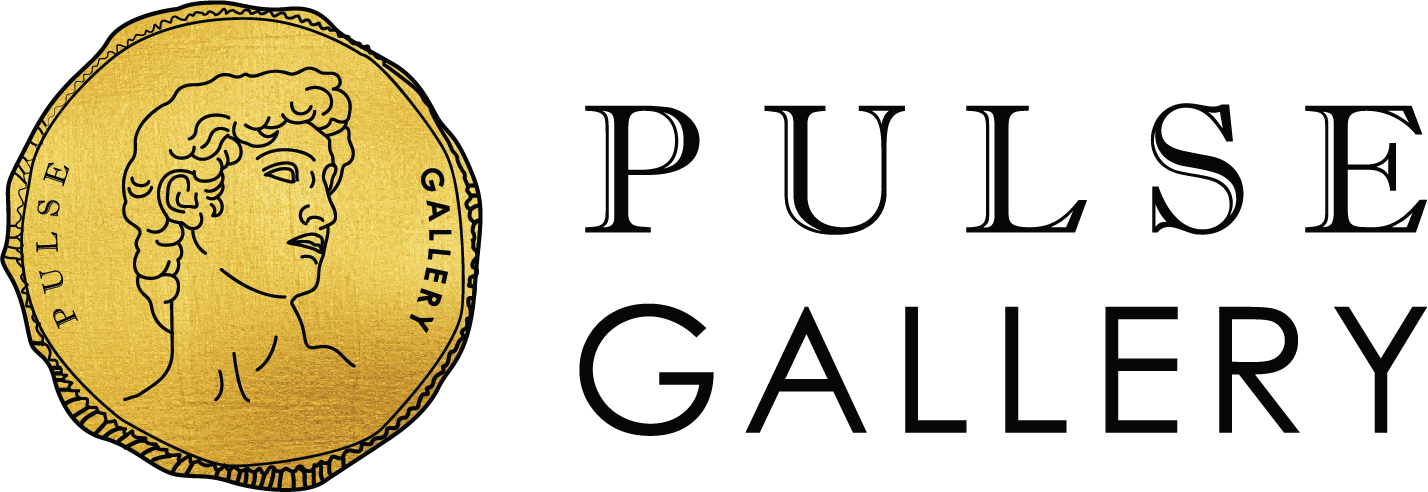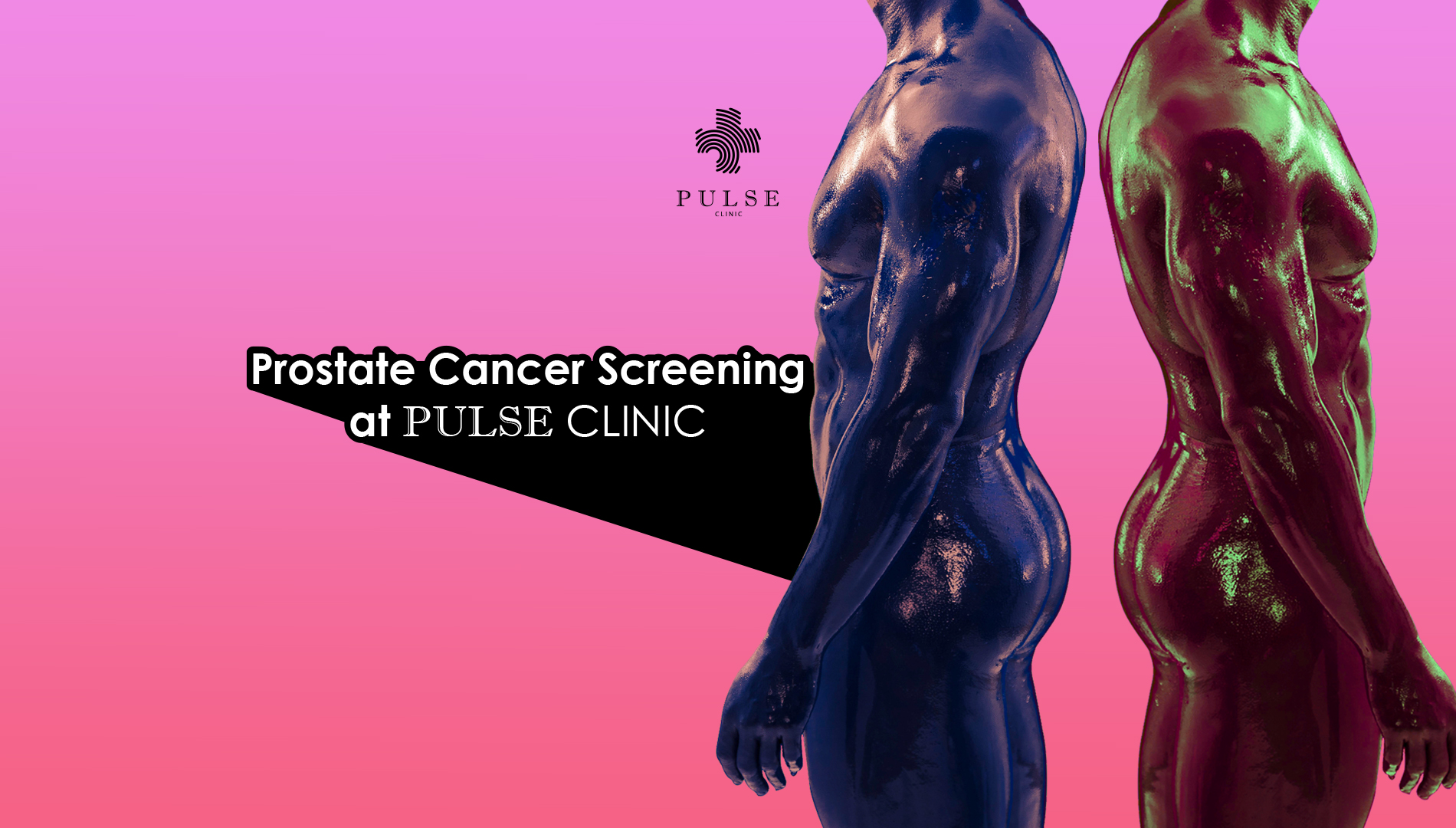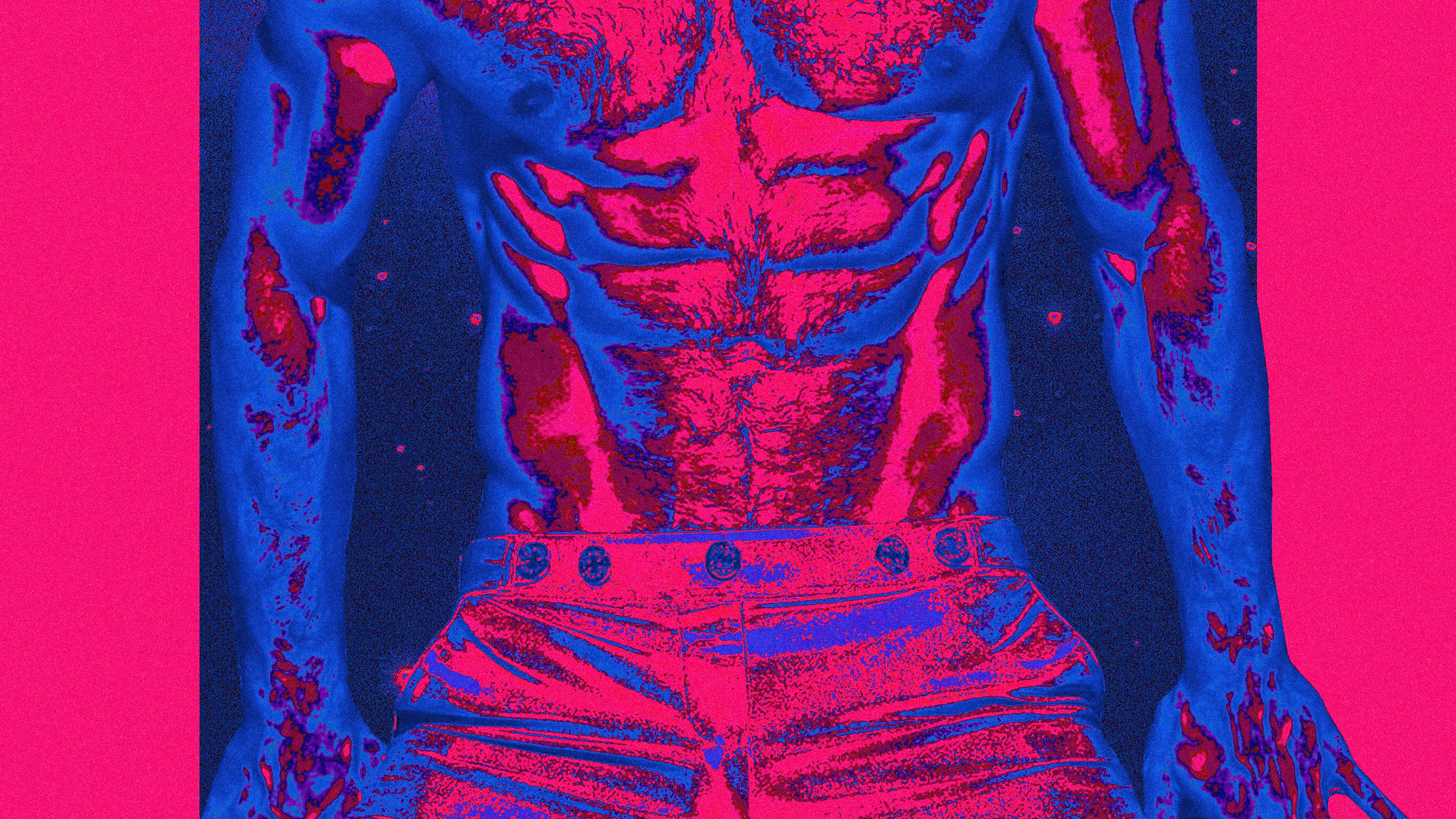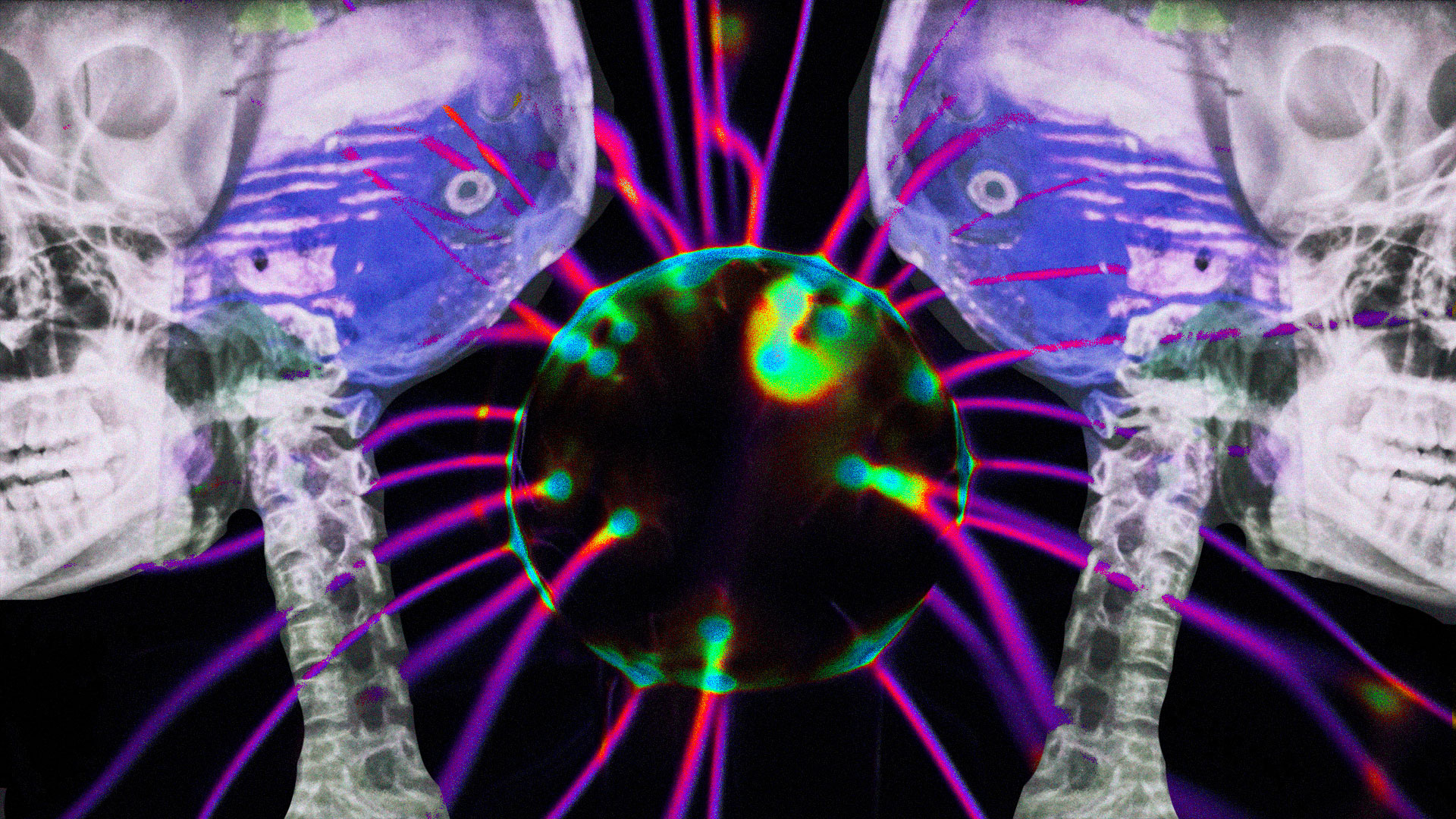Ass Juice Part 2 - How To Stimulate The Release of Ass Juice?
18051
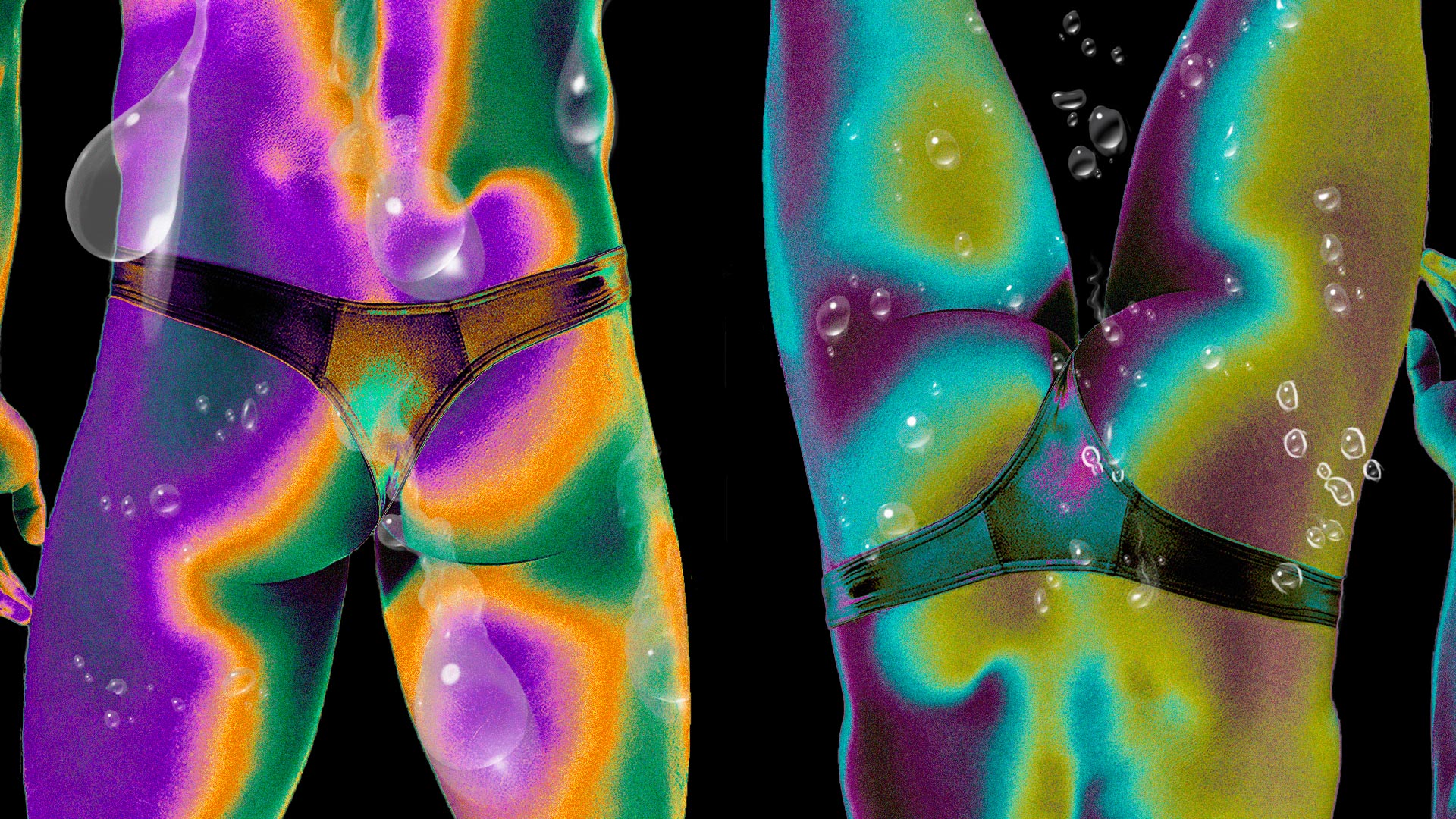
Ass Juice Part 2 - How To Stimulate The Release of Ass Juice?
In Part 1 (Ass Juice Part 1 - The Anatomy & Biology Of Ass Juice), we already learned about where and how the mucus is produced and released from the Goblet cells. I'm making you love the Goblet Cells right? LOL. Now since I've been curious about how to make it more juicy and easier for fingering, fucking, and fisting, how can we stimulate the goblet cells to produce more mucins and release more mucus?
Let's go find out!
Goblet cells usually assume a distinctly polarized morphology, with the nucleus and Golgi apparatus basally situated. The remaining cellular organelles are aligned along the lateral margins of the cell, compressed to these regions by the abundant, membrane-bound mucus-secreting granules within the cell interior. Mucin secreted from the goblet cells is largely composed of highly glycosylated proteins suspended in an electrolyte solution. However, recent discoveries have changed this and placed these cells at the center stage of our understanding of mucosal biology and the immunology of the intestinal tract.
The surface colonic goblet cells secrete continuously to maintain the inner mucus layer. whereas goblet cells of the colonic and small intestinal crypts secrete upon stimulation. The copious amounts of mucin produced by goblet cells are crucial in providing lubrication for the passage of feces.
Goblet Cell Exocytosis
Secretion of mucins can take place in at least two ways: regulated vesicle secretion and compound exocytosis.
1. Regulated vesicle secretion, This process includes the fusion of single vesicles with the plasma membrane mediated by typical vesicle exocytosis components like Syntaxins, Munc18, VAMP, and SNAP proteins.
2. Compound exocytosis is a more dramatic event where most of the vesicles that make up the goblet cell theca fuse and empty their content. There are no molecular studies on this type of secretion, but there are very clear morphological studies that show that the whole cell essentially explodes during this secretory process.
Induced Goblet Cell Mucus Secretion
Exocytosis of mucin granulae can also be regulated by intracellular Ca2+ levels and Ca2+ mobilizing agents such as acetylcholine and histamine are potent inducers of intestinal mucus secretion. Acetylcholine is by far the most studied mucus secretagogue and has been shown to induce mucus secretion in both the small and large intestines of mice, rats, and rabbits, and in the human colon. Stimulation with acetylcholine or other cholinergic agonists such as carbachol results in a rapid transient increase in mucus secretion rates that reverts to baseline values within 30 min. Acetylcholine primarily targets the goblet cells in the small intestinal crypts, resulting in more or less complete emptying of the stored mucin granule pool. The villus goblet cells in the small intestine and the surface goblet cells in the colon do not respond to acetylcholine or carbachol with exocytosis. Although cholinergic agonists are inducers of mucus secretion in both the small and large intestines, the small intestine is by far the most sensitive to carbachol. Conversely, the opposite pattern is instead true for histamine that induces mucus secretion in the colon, but not in the small intestine. The immune modulator prostaglandin E2 has been shown to induce mucus secretion in rat colon and mouse small intestine but only induces fluid secretion in the human colon.
Next Step, Read More About Acetylcholine
Get a monthly life hack direct from the doctor to your inbox. Subscribe. Like. Follow. Share :)
Contact us at info.bkk@pulse-clinic.com or chat on your preferred platform:
Add us on Line and stay in touch.
Loading...
Clinic Locations
Loading...

